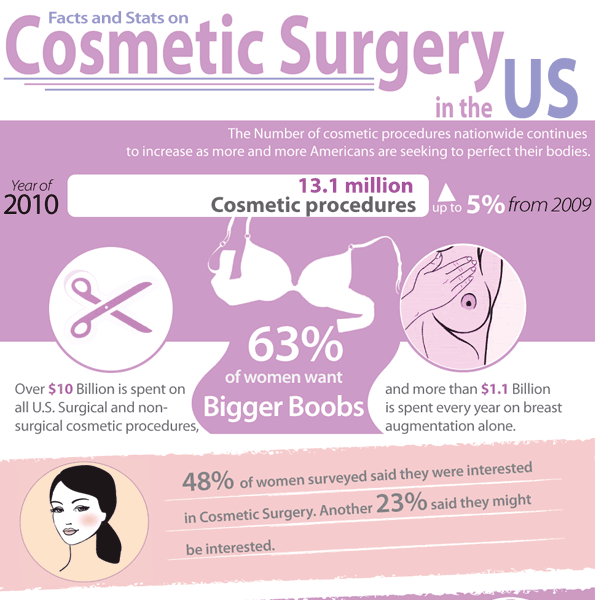Just How to Use Retinoids For Acne
Often called the holy grail of acne therapy, retinoids decrease oil production and aid clear skin by stopping blocked pores. They are readily available in over the counter serums, gels and lotions, in addition to stronger prescription items like tretinoin or isotretinoin.
Originated from vitamin A, they can treat whatever from fine lines and creases to moderate pigmentation irregularities and acne to psoriasis. Yet before you use any kind of, start gradually and make sure to follow directions carefully.
Just how to Use
Retinoids are skin care workhorses that accelerate the skin's natural process of peeling, unclog pores, and minimize acne marks and fine lines. The only disadvantage to using them is that they can be suspended by sunlight and are inflamed by certain various other skin treatment components, like salicylic acid. That's why it's important to use them at night and to prevent other therapies that aren't formulated for use with retinoids, such as BHAs or alpha hydroxy acids.
Over-the-counter retinol is typically milder than prescription choices. (Retinoids are originated from Vitamin A, and your body needs to transform it right into the energetic substance to gain its advantages.) A good starter option is adapalene, which the FDA approved for OTC use in 2016; it's discovered in adapalene gels and is less costly than many other prescription products.
While inflammation and peeling are entirely regular retinoid negative effects, you should see a dermatologist if you develop serious red patches or cystic outbreaks, which can result in hyperpigmentation and scarring, states board-certified nurse practitioner Jill Canes. Additionally, understand that some items may communicate with your retinoids: a beta-hydroxy acid, such as salicylic acid, often tends to respond badly with retinoids, triggering overdrying and boosting even more oil production.
Adverse effects
Retinol and retinoids are an essential of acne therapy. They prevent pores from blocking and lower and minimize scars triggered by the problem. They additionally have anti-aging benefits, as they speed up the turnover of surface area skin cells.
One of the most common topical prescription retinoids are tretinoin, isotretinoin and adapalene. These how long does botox last work to unclog obstructed pores, treat blackheads and minimize great lines and wrinkles. They are likewise prescribed for other skin-related problems consisting of psoriasis and to manage skin growth (skin aging), keratosis pilaris, sun damages and hyperpigmentation.
Due to the fact that retinoids can create completely dry, flaky skin, it is essential to use a moisturizer. You need to likewise prevent products containing alpha hydroxy acids such as salicylic acid, which can connect improperly with retinoids. If you're utilizing a product which contains both, attempt to surprise the use of each and utilize them just on clean skin. Niacinamide, a kind of vitamin B3, can aid combat the drying results of retinoids. It can be contributed to your skincare regimen as a lotion or contributed to other therapies such as benzoyl peroxide, states Dr. Garshick.
Precautions
Retinoids, which include both all-natural and synthetic compounds associated with vitamin A, increase skin cell turn over and counteract inflammatory acne signals. They also increase collagen manufacturing, which lowers fine lines and wrinkles. You can discover weak retinols nonprescription and more powerful ones only with a medical professional's prescription.
When used topically, retinoids assist clear mild to modest acne and improve skin texture and tone. They can likewise reduce dark areas (hyperpigmentation) that create from sun damage.
Nonetheless, it is essential to utilize retinoids appropriately to prevent drying and irritability. Start with a pea-sized quantity every other evening for 2 weeks and slowly enhance the frequency of application as tolerated. You ought to likewise use a sunscreen daily with an SPF of at least 30 while using retinoids. In addition, make certain to stay clear of various other skin care products which contain salicylic acid, as it can break down retinoids. Lastly, expecting women should not make use of retinoids, as they can raise the danger of miscarriage and birth defects.
Combinations
A skin doctor can recommend a range of topical treatments that consist of retinoids, consisting of adapalene, tazarotene, and tretinoin. Your physician may additionally advise retinoids to deal with excrescences by disrupting their cell growth. Retinoids are generally risk-free for use with other skin items, however you ought to always get in touch with a skin specialist before beginning or incorporating any type of new therapies.
Niacinamide (vitamin B3) assists decrease the soreness and inflammation caused by retinoids and can be reliable in attending to acne. It can also neutralize the drying out effects of several retinoids. Benzoyl peroxide can unblock pores, decrease excess oil manufacturing, and eliminate bacteria that add to acne. It can be integrated with retinoids to increase the performance of treatment and to stop antibiotic resistance.
If you are expecting or breastfeeding, avoid making use of retinoids. They can be taken in through the skin and go into the bloodstream, which can influence your baby. You need to likewise avoid scrubing the area where you use the retinoids because it can create irritation or burns.

Comments on “What Is Blue Light Therapy For Acne”